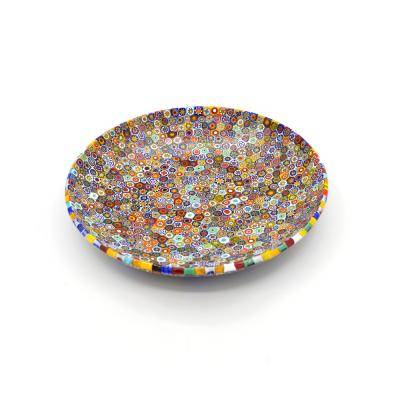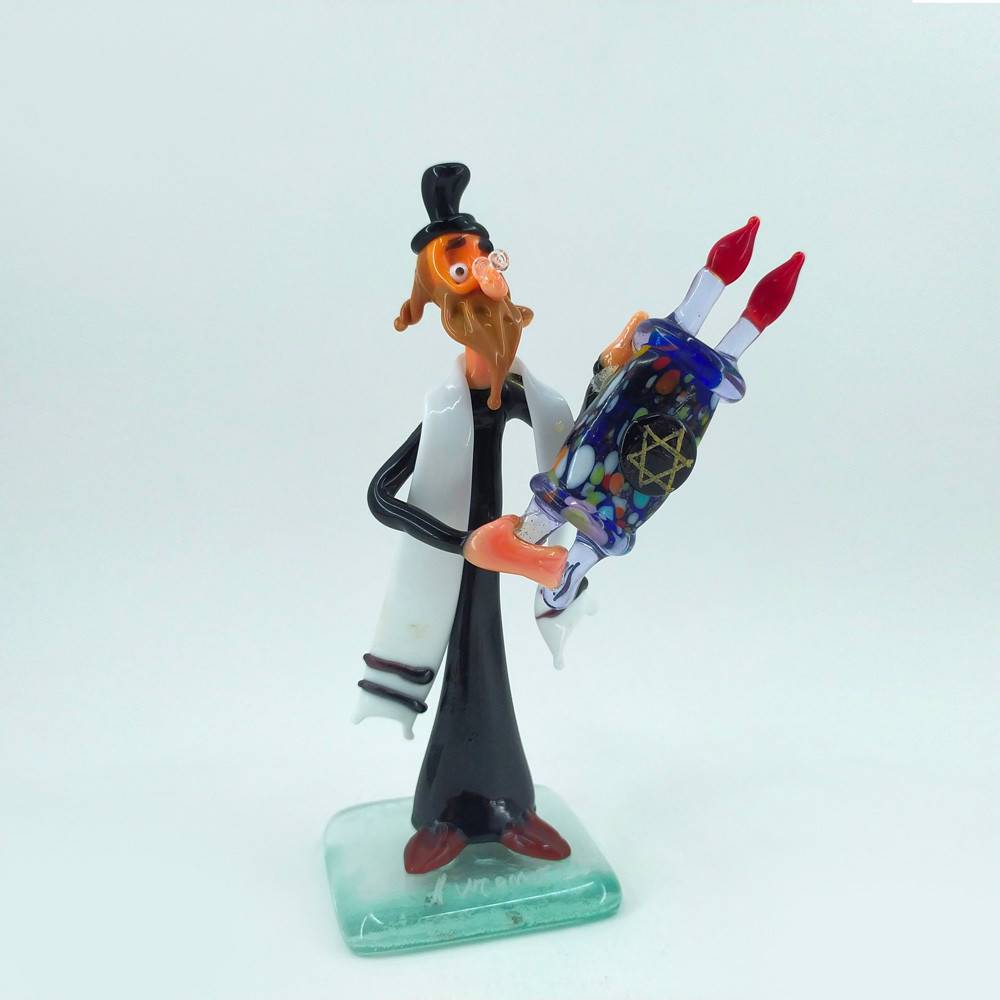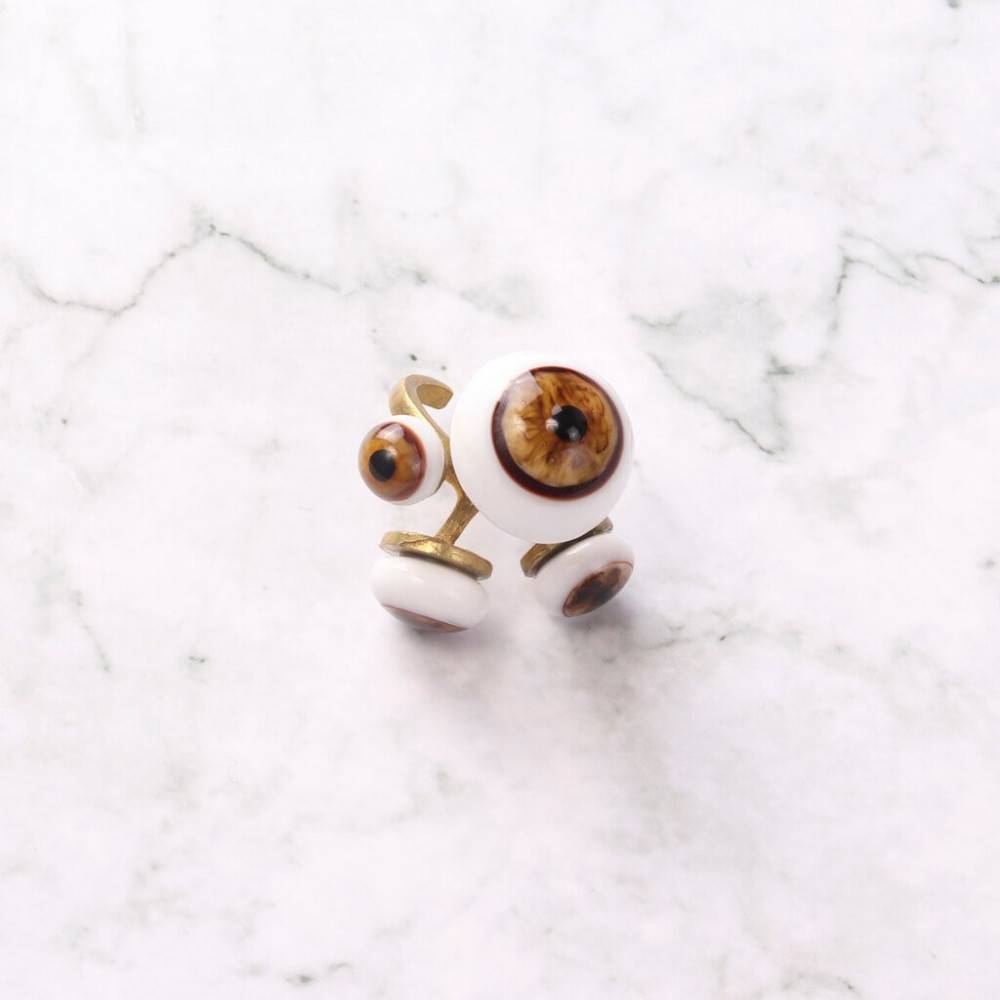
Just a 3-minute boat ride from Fondamente Nove, Murano is a rather large collection of 7 islands, the worksplace and residence of many Venetians.
It was a place of mills, saltworks and fishermen until 1291 when it became the only place authorized by the Serenissima to produce glass objects sold throughout Europe.
The intention was to limit the frequent fires in the foundries but, above all, to preserve the secrets of the working techniques, an aspect that marked its destiny and made Murano the first industrial area in the world. A protected mono-productive artisan area but also open to the outside world, where skills were perfected and a great artisan tradition was handed down with peculiar styles, methods and techniques: from the famous blown glass, the result of a "magic breath" into lampwork glass, where the heat source was an oil lamp. This is where crystal was invented, a quality of glass that is synonymous with elegance, requested by courts all over the world together with lattimi, refined milk-white glass.
Walking along the calli, you can taste good fish, appreciate a palace, a garden, a dim shop window or one of the oldest churches left in the lagoon, the basilica of Santi Maria e Donato, where light plays to reflect in its brilliant Byzantine apse mosaic made by the same workers responsible for San Marco.
A hybrid context where the tradition of glass is still strong: from the design to the hot shaping and cold grinding. There are those who blow cups and vases, those who model massive sculptures, those who design and compose large pieces of furniture, chandeliers, mirrors, those who create stained glass, produce mosaics or specialize in lampwork. Ancient and choreographic techniques, similar to dance, visible during the live craft demonstrations: they may seem "too touristy" but you have to be content if you are not a famous designer who has the opportunity to work with the masters.
A stop at the glass museum and a bit of shopping: you can look for something for your cousin who is getting married, personalize a set of glasses with a coat of arms or choose the chandelier for the living room; for the most creative, you can also participate in a course where you can learn how to make lampwork beads and ground objects. The variety of Murano glass is truly infinite, as are the colors of the unmistakable murrine. Docile and untouchable, liquid and fiery, fragile and resident, Murano glass possesses many qualities, a bit like its master glassmakers.




